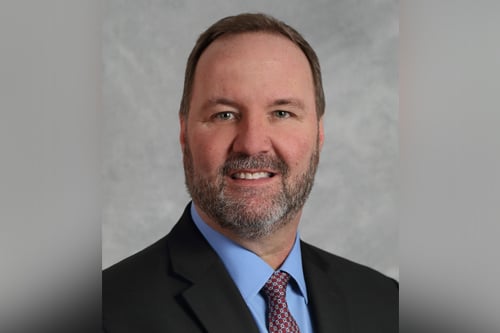Here's what you need to know about purchasing an LOS

In continuing with our tech-buying miniseries, we’re reviewing the different technologies that are available for the mortgage industry. We have so far talked about point of sale (POS) and then loan officer tools. Now we are going to get into the big daddy of them all – the loan origination system (LOS).
The LOS is the main lifeblood of the mortgage process. It is where the loan can be pre-qualified, originated, processed, underwritten, closed and post-closed. Some LOS’ are able to handle a loan from pre-qual to post-closing. These are referred to as an “end to end” system. In theory, no other ancillary system would need to be bolted on to complement the LOS. However, this isn’t always true. Lenders have differing needs and focus areas, so adding on third-party ancillary systems to complement an LOS is a frequently a necessity. Most older LOS’ have limited integration opportunities and may not have the ability to “hook” on additional services. When faced with having to add several third-party systems to complement and fill in the gaps of an older LOS, lenders are now more likely than ever to instead search for a new LOS, especially if their current LOS is deficient in critical areas.
A recent survey by STRATMOR noted that 30 percent of their respondents are "not satisfied" with their current LOS. We all know very few companies love their current LOS and changing it typically is a lengthy and costly move. To that point, most lenders will just deal with their current LOS, even though they know that they would be better off with another. However, with changes from Dodd-Frank, HMDA and the new 1003, lenders are now more open to change.
So how do you go about searching and selecting a new LOS? Some lenders will start with an RFP process. A several hundred-question document that no vendor likes to complete, or lender likes to prepare and review. So why do we still do this step? Probably because of the “that’s the way it’s always been done” mentality. Well it’s time to make an industry change. Let me be the bearer of bad news—most of the RFP questions are answered with a “sales-spin” that will always be a positive response. Never will you see a straightforward “no” in any response. RFPs are such a waste of time and resources that we all should think about stopping this unnecessary process. Of course I can hear it now, “but Craig, how are we to determine which LOS is right for us?” It’s easier than you think.
The first thing you need to do is evaluate your current process and see if there are any improvements that can be made. With the money you will save on the RFP process, hire an independent consultant to complete a complex evaluation of your current processes. Have them make recommendations about where you can make improvements and save valuable time and money. Then, based on these new recommendations, create a top 10 list for each functional area (loan origination, processing, underwriting, closing, post closing, shipping, funding and IT) that you have, and give them to LOS companies to answer. These 100 or so questions will be very specific to your processes and then you can narrow down the field pretty quickly based on their responses. Your short-listed LOS’ should then conduct a very specific demo showcasing how their system would handle or solve your top 10 lists. This is preferable to allowing an LOS company to conduct a “stock” demo where they are most likely only going to show you what they want you to see and will leave out their weaknesses.
I guarantee you this approach with save you both time and expense when evaluating a new LOS. The quality of your questions is far more important than the quantity. Reducing your search time for a new LOS allows you to implement a new one faster, which in the long run will be a huge cost savings. If you need help crafting your top 10 questions or consulting assistance, reach out and we can help you.
Related stories:
Tech Buying: Part three – loan officer tools and CRM
Tech buying: Part two – Point of Sale (Front-end consumer portals)



